Pneumatic rubber fenders are used in the various applications,such as ship-to-ship operations, ports and terminals and have proven its quality and performance.Our products are designed to withstand the extreme environmental conditions and we are committed to contribute to the offshore industry by delivering the superior products.
(1) High energy absorption
The amount of energy absorbed is the main technical performance indicators fender instruments. With the ship's tonnage growth, berthing operations, ship collision energy contact quay or other ships also doubled. Huge collision energy must rely on the contact area on the fender and enough to absorb sufficient deformation. Aohai rubber ship fender use compressed air as the buffer medium to absorb ship impact energy and have good elasticity.
(2) Ultra low back pressure
The inside air of Aohai pneumatic fenders is low pressure gas, the internal pressure increase is very limited during compression deformation. Due to the large contact area, unit pressure acting on the ship hull surface is very low, compared with other fender instruments, is not the common low back pressure.
(3) Inclined contact, good adaptability
Ship must have certain angle which have the possibility of contacting the side of the shore. As the inclined interface of Aohai sea inflatable fender, its adaptability is much higher than other fender.
Â
(4)Floating performance is good, not subject to tidal influence, fender can be maintained in the ideal level
Â
Pneumatic fenders floating on the water surface (more than 50% of the volume), along with the change of position is not relative to the tidal fluctuation. Especially the ship as the waves rolling, cylindrical inflatable fenders with rolling, the friction force is very small. So it will not damage the coating surface of the hull, and also decrease the moving.
(5) Both end fender flange produced by special materials, acid and alkali resistance, oxidation resistance, not easy to rust.
2.Specifications and Measures:
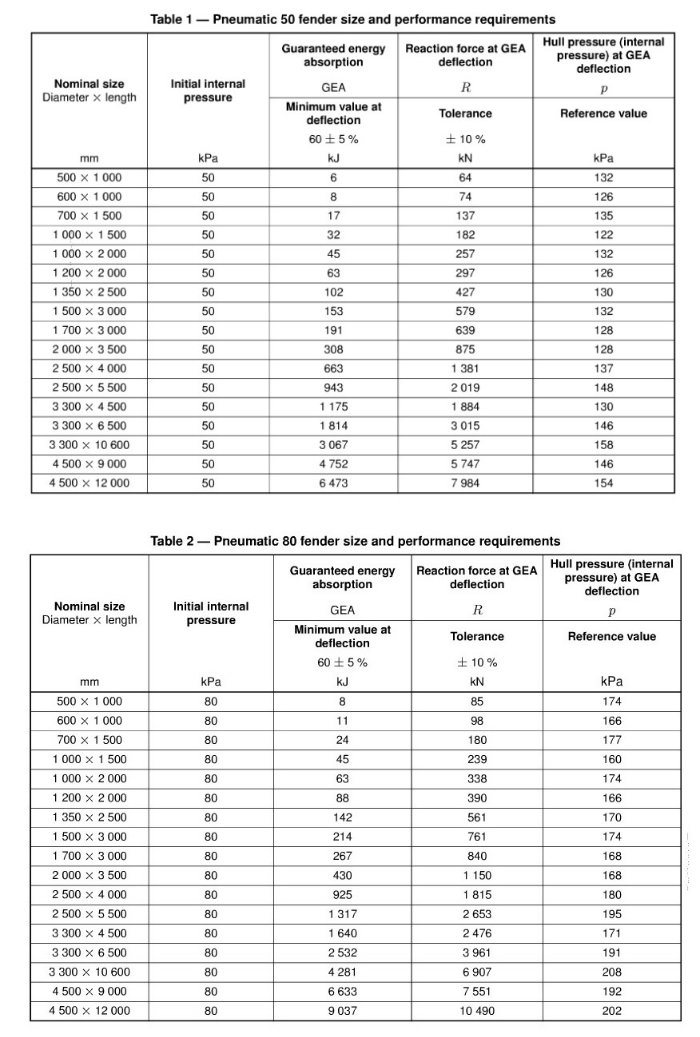
3.Contact Information:
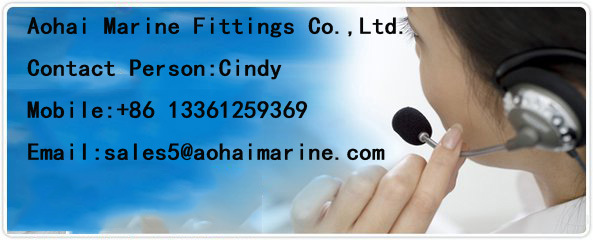
4.Product Picture:


Sheet Metal Fabrication Service
Processing steps For Sheet Metal Parts - Custom Sheet Metal Fabrication Service Company
1. Design and draw the part drawing of its sheet metal parts, also known as three views. Its function is to express the structure of its sheet metal parts by means of drawings.
2. Draw an unfolded drawing. That is, unfold a part with a complicated structure into a flat piece.
3. Unloading. There are many ways to unload, mainly the following methods:
a. Shearing machine cuts the material. It uses the shearing machine to cut out the length and width dimensions of the expanded drawing. If there are punching and corner cutting, then the punching machine is combined with the die to punch and corner to form.
b. Punch blanking. It is the use of a punch to punch the structure of the flat part after the parts are unfolded on the plate in one or more steps. Its advantages are short labor hours, high efficiency, and can reduce processing costs. It is often used in mass production.
c. NC CNC blanking. When NC blanking, you must first write a Cnc Machining program. That is, use the programming software to write the drawn expanded diagram into a program that can be recognized by the NC CNC machining machine. Let it follow these programs step by step on a piece of iron plate On the top,punch out the structural shape of its flat parts.
d. Laser cutting is the use of laser cutting to cut the structure and shape of the flat piece on an iron plate.
4. Flanging and tapping. Flanging is also called hole extraction, which is to draw a slightly larger hole on a smaller base hole, and then tap the hole. This can increase its strength and avoid slippage. Generally used for sheet metal processing with relatively thin plate thickness. When the plate thickness is large, such as the plate thickness of 2.0, 2.5, etc., we can tap directly without flanging.
5. Punch processing. Generally, punch processing includes punching and cutting corners, punching blanking, punching convex hull, punching and tearing, punching and other processing methods to achieve processing purposes. Its processing requires corresponding molds to complete the operation. There are convex molds for punching convex hulls, and tearing forming molds for punching and tearing.
6. Pressure riveting. As far as our factory is concerned, pressure riveting studs, pressure riveting nuts, pressure riveting screws, etc. are often used. The pressure riveting method is generally completed by a punch or hydraulic pressure riveting machine. Riveted to the sheet metal part.
7. Bending. Bending is to fold 2D flat parts into 3D parts. Its processing requires a folding bed and corresponding bending molds to complete the operation. It also has a certain bending sequence, and the principle is to make the next cut The first fold that does not cause interference will produce the interference back fold.
8. Welding. Welding is the group welding of multiple parts together to achieve the purpose of processing or the edge welding of a single part to increase its strength. The processing parties generally include the following: CO2 gas shielded welding, argon arc welding, Spot welding, robot welding, etc. The selection of these welding methods is based on actual requirements and materials. Generally speaking, CO2 gas shielded welding is used for iron plate welding; argon arc welding is used for aluminum plate welding; robot welding is mainly in-material It is used when the parts are large and the welding seam is long. Such as cabinet welding, robot welding can be used, which can save a lot of tasks and improve work efficiency and welding quality.
9. Surface treatment. Surface treatment generally includes phosphating film, electroplating colorful zinc, chromate, baking varnish, oxidation, etc. Phosphating film is generally used for cold-rolled plates and electrolytic plates, and its function is mainly to plate on the surface of the material. A protective film is applied to prevent oxidation; the second is to enhance the adhesion of its baking paint. Electroplated multicolored zinc is generally treated with cold-rolled plate surface treatment; chromate and oxidation are generally used for surface treatment of aluminum plates and aluminum profiles; its specific surface The choice of treatment method is based on the customer's requirements.
10. Assembly. The so-called assembly is to group multiple parts or components together in a certain way to make them into a complete material. One thing that needs to be paid attention to is the protection of the materials, and no scratches. Assembly is the last step in the completion of a material. If the material cannot be used due to scratches, it needs to be reworked and reworked, which will waste a lot of processing man-hours and increase The cost of the item. So pay special attention to the protection of the item.
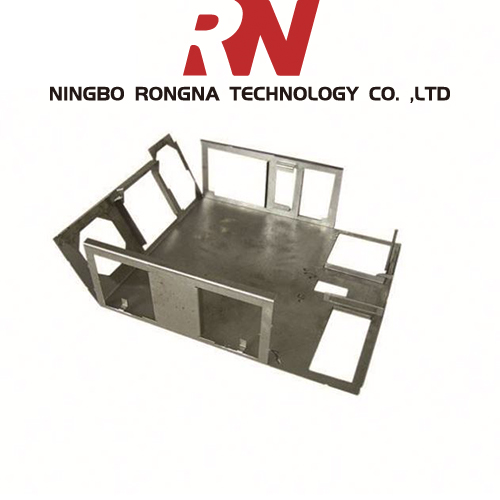
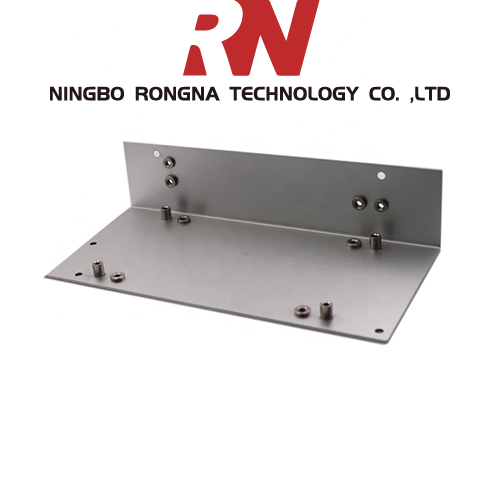
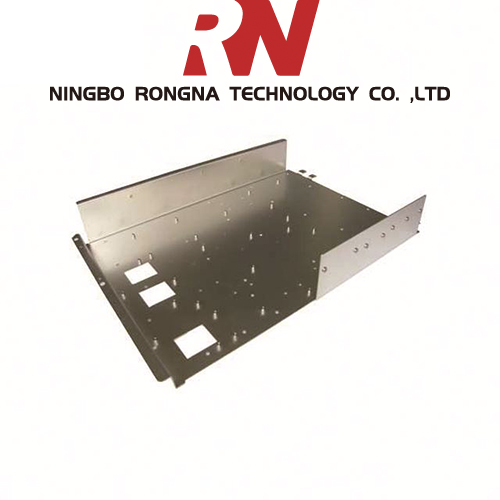
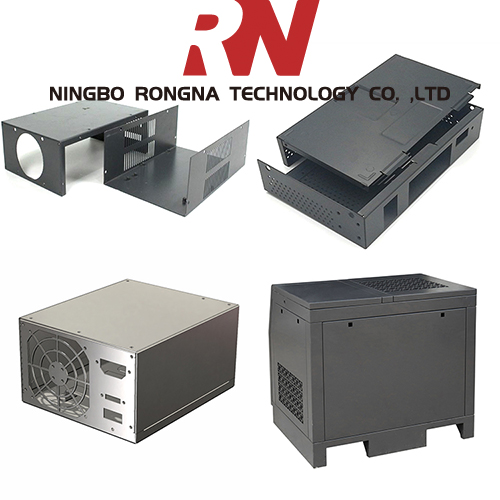
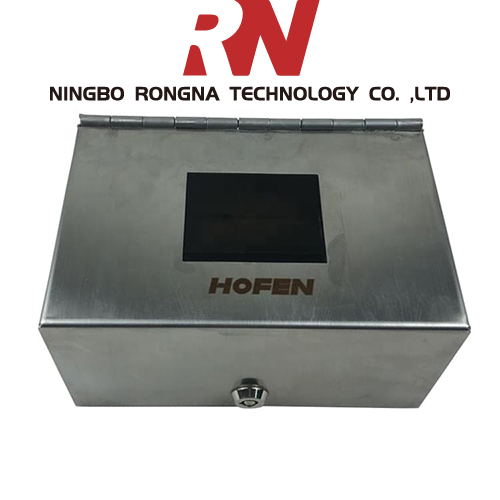

Sheet Metal Fabrication Service,Galvanized Sheet Fabrication Service,Custom Machining Service ,Cnc Stainless Steel Machining
Ningbo Rongna Technology Co.,Ltd , https://www.service-machining.com